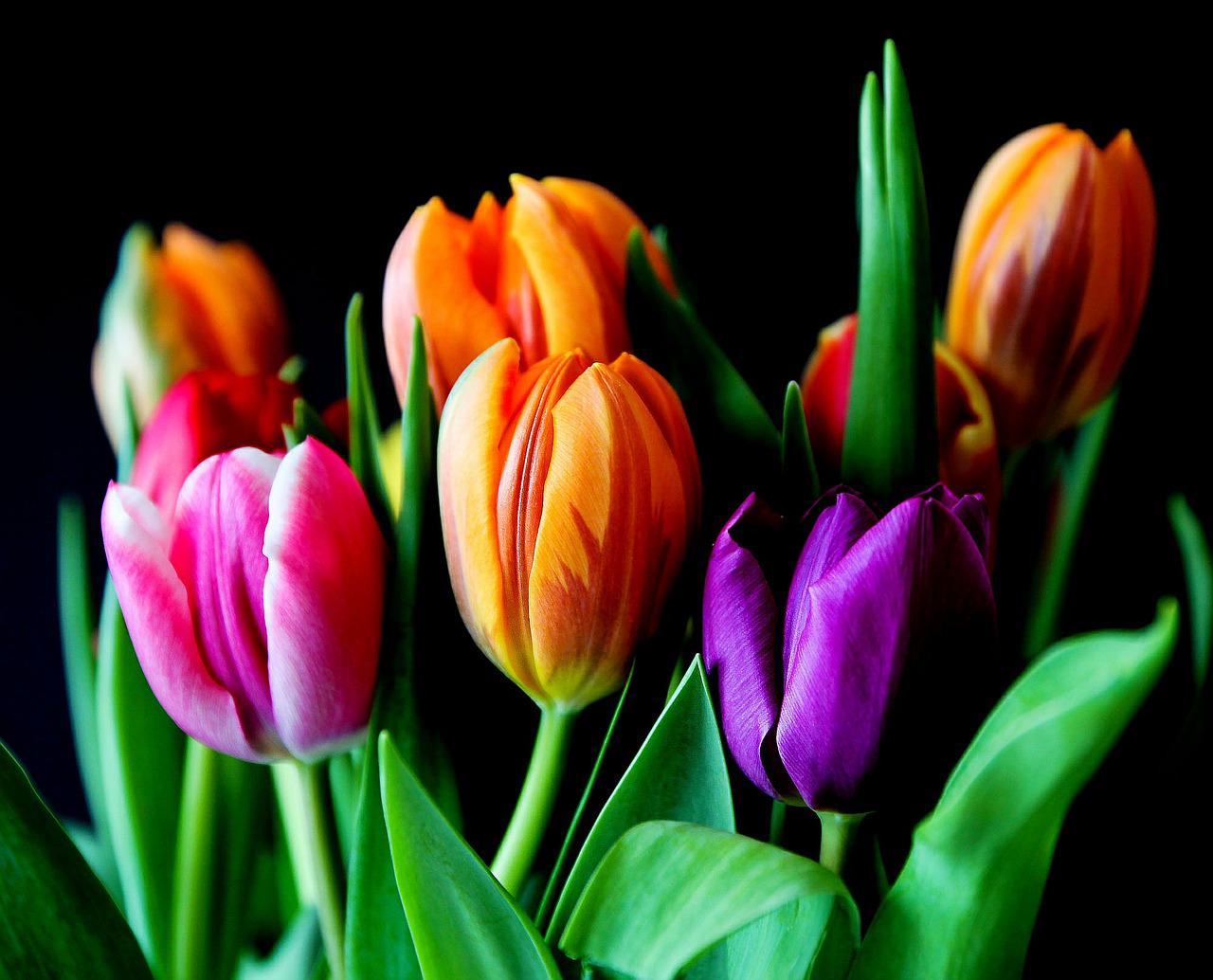
Flower colour choices and combinations
Floristry is a profession for a reason. It’s not just a matter of tossing a few stems in a vase and hoping for the best. You need to select each bloom and stem of foliage with care and with a plan in mind. It is also important to know that certain colours look wonderful together while others wash each other out. Here are some flower colour combinations to consider.
Monochromatic designs
This is the easiest of all flower colour schemes because you will need to choose just one colour. You can use a single type of flower or several types of blooms in the same colour. Choosing multiple types of flowers will ensure that you add some texture too. Remember, you should always choose darker blooms for the centre and lighter ones for the edges.
Analogous arrangements
If you have a colour wheel, you need only select two colours that are next to one another on this wheel. This is how you create an analogous design. Some examples of this type of flower colour combination include green and yellow, red and orange, and pink with purple.
Complimentary colours
This type of flower colour scheme requires that you choose two colours that are opposite one another on the colour wheel. Yellow and purple, green and violet or blue and orange are a few great examples. Most of these combinations include a warm colour paired with a cool colour but there are some exceptions.
Triadic colour scheme
This is a somewhat trickier flower colour scheme because you will need to choose three colours that are equally spaced apart on the colour wheel. So colours like red, yellow and blue are a great combination.
Remember, the best thing you can do is experiment and have fun. If you want to create a flower arrangement for a specific event, consider the colours associated with that event. For example, Valentine’s Day is associated with the colour red. As long as you keep the occasion in mind, your flower colour choice should be easier than you think.
